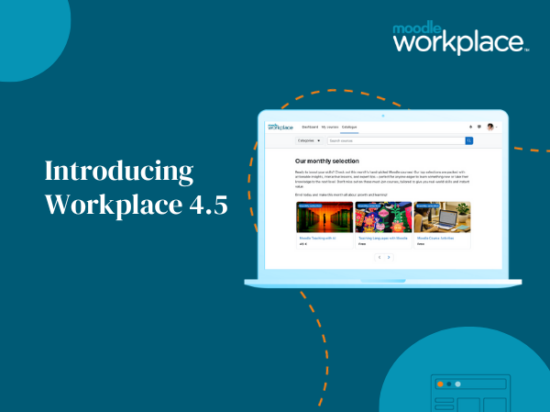Reading tea leaves in the eLearning industry is as unpredictable as the stock market. As companies struggle to be more competitive, learning and training are often put into the “cost centre” basket when it comes to investing time, money and company resources.
And yet, a survey by the eLearning Guild of its membership found that most companies are sponsoring some form of traditional eLearning and invested in the tools used to create it. But the buck stops there, according to the Guild’s 2015 Learning and Ecosystems report.
The report, based on a survey of its members, highlights the importance of on-demand learning being brought closer to the workflow and not just the work place. Yet few companies have the internal vision to make this important transition happen, which is where the eLearning industry should invest its time, money and effort concludes the report.
The report says the distinction is an important one.
Work place training often involves a separate room where various work groups are brought in and run through the training. Work flow training can be anywhere, meaning learning is online and dynamic.
This type of convergent “ecosystem” approach embeds learning in the work flow using a variety of tools like social media. But what does it mean practically? Investment of time, money, and recognition of the importance of adapting new learning technologies to meet competitive marketplace demands.
The report’s executive summary states:
Effective standards, processes, staffing, governance, and technology are key areas that need attention, especially in organizations that plan to embed learning into the workflow over the next three years.
And that is easier said than done. While the overwhelming majority of survey respondents said they wanted to implement learning programs in the work flow in the next three years, more than half of the respondents said they lacked the vision and sponsorship to put these systems in place.
That means convincing the managers holding the purse strings that learning ecosystems can help companies achieve their business strategies, and that the systems are “adaptable and reusable.”
Some other interesting findings in the survey:
There is almost unanimous sponsorship for structured learning among companies participating in the survey.
- When it comes to adding other online learning ecosystem components like social networking, collaboration, and talent management there is much less support
- One of major issues for companies with structured learning programs is that they don’t effectively manage the learning and assessment process with proper levels of staffing and governance.
- The hallmarks of social networking like user-generate content, data mining, usability testing and workflow analysis need to be implemented to successfully achieve a workflow approach to training.
- Companies need to start employing the most updated learning technologies which include performance support development tools, knowledge management technologies, expertise location and management systems, and talent management platforms.







